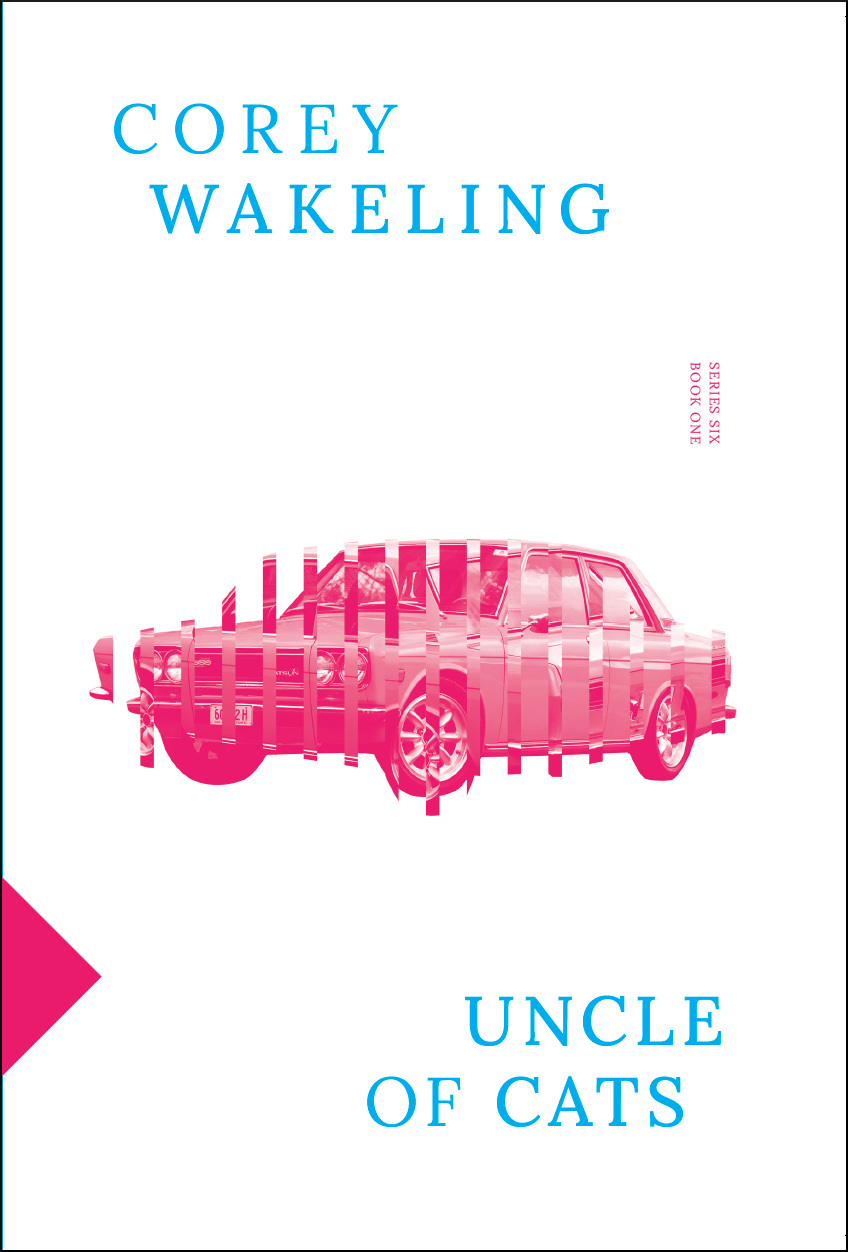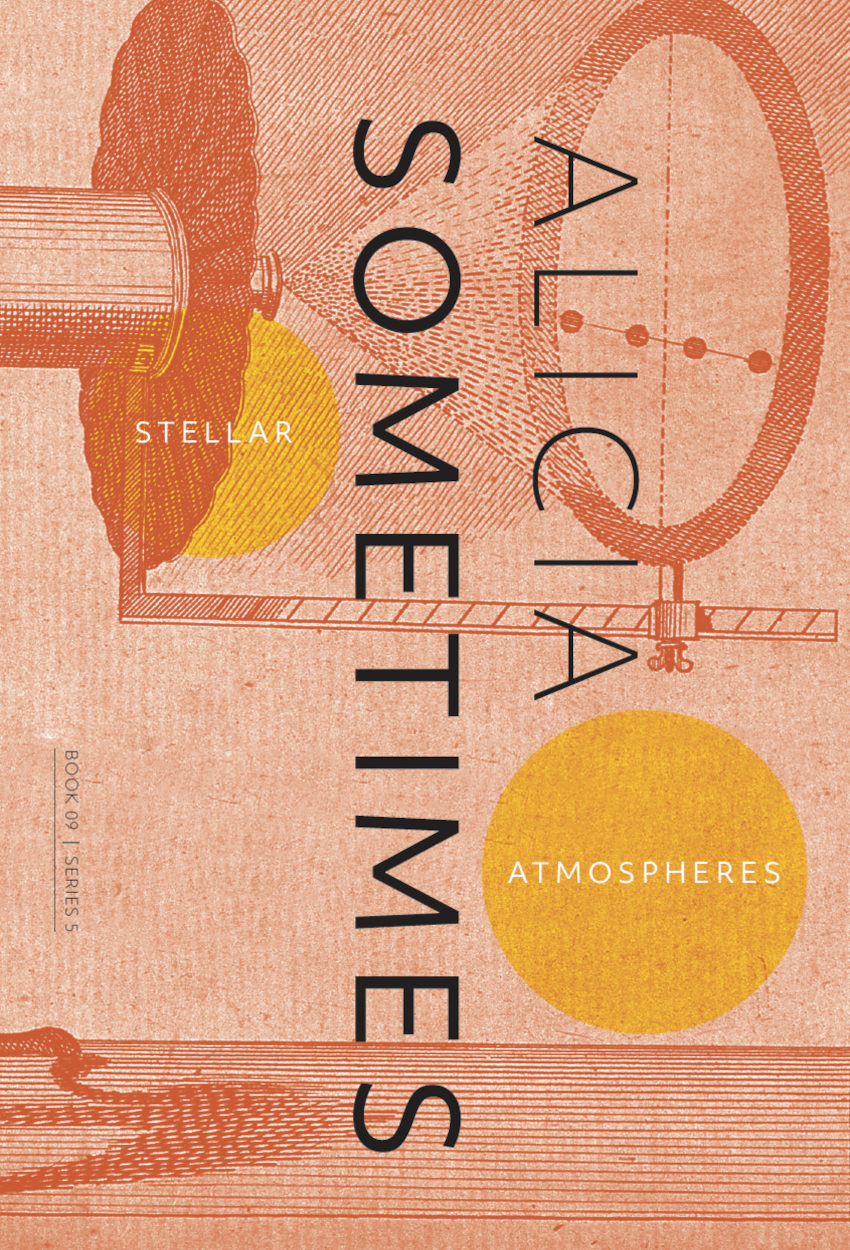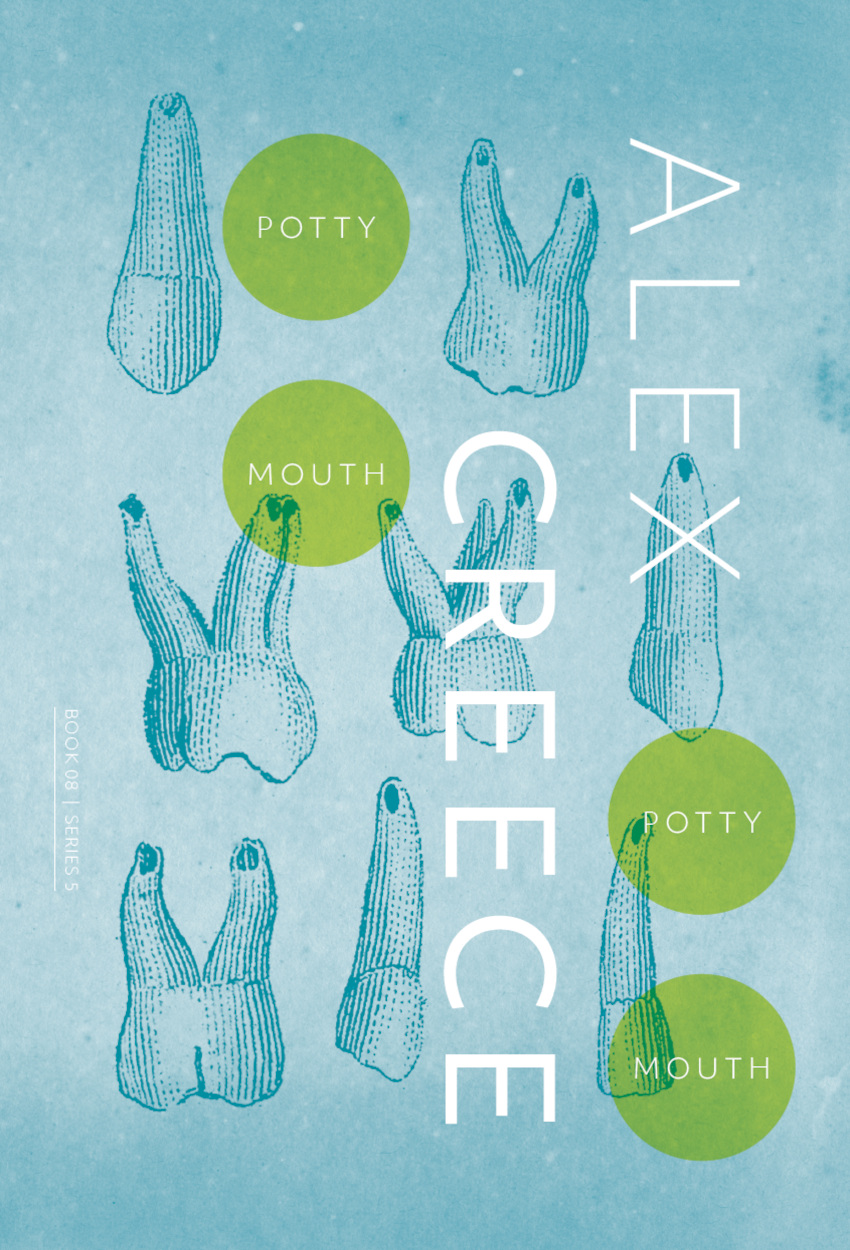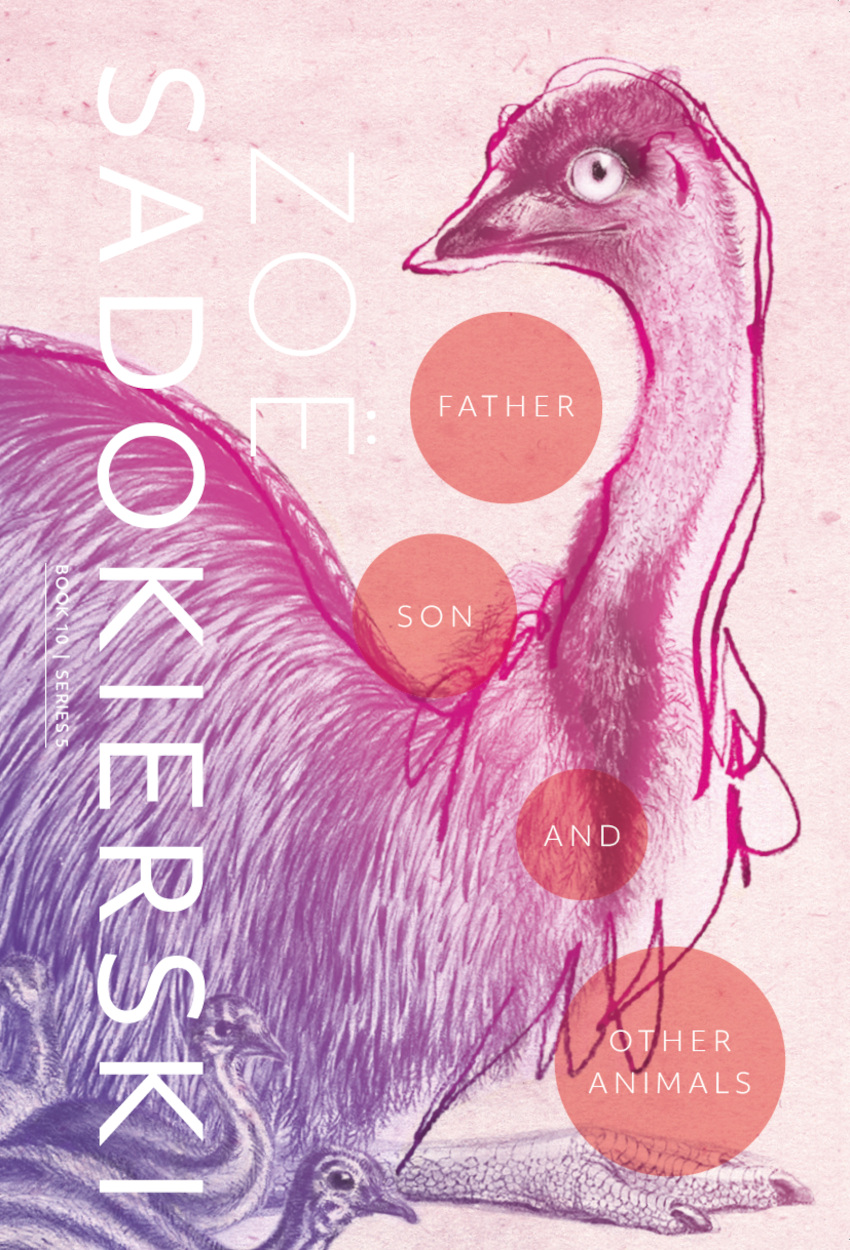Regarding some of those particularities: some of the BLAKE Plates (cf. 054-055, 070-071, 126-127) sample directly or resemble the impossibly detailed city maps that paper the walls of Watson’s Camden toilet – charting not only the real London arteries Watson precariously navigates daily on his bike, but overlaid and mutated by his elective affinities and collective anatomies, personalised and mythopoeased and anthropomorphed and absurdittied like the map of the stars on the back of Frank Zappa’s One Size Fits All, or the city of Finnegans Wake:
Whence. Quick lunch by our left, wheel, to where. Long Livius Lane, mid Mezzofanti Mall, diagonising Lavatery Square, up Tycho Brache Crescent, shouldering Berkeley Alley, querfixing Gainsborough Carfax, under Guido d’Arezzo’s Gadeway, by New Livius Lane till where we whiled while we withered. Old Vico Roundpoint.’1
In the profusion of impossible details there are lines resembling fingerprints, with asemic symbols populating the interstices, and just enough discernible semic writing tucked away to arouse in the paranoid reader the sense that all of this is writing, ALL is sensible, an embodiment of the alchemist’s dream of a Book of Life. If you spend enough time poring over the pixels, attempting to discern the forms concealed in the proto-psychedelic Bolshevik heady brew, the sensation of reading begins to seep off of the page/screen and into the life outside, like when you stare at Max Ernst decalcomanias for too long and start to see hidden patterns in the walls and streets around it. The question of intention becomes impossible to fix with any certainty – those particular squiggles and titbits of phrases buried inside them may be words you can’t descry of Watson or Joyce or Marx, they may be photographic enlargements drawn over or cuts from other sections. In the end, they are only as abstract as the reader’s paucity of imagination disallows them to represent.
WHY UN-PUBLISHED?
Out To Lunch is a uniquely unpopular poet, with practically no critical attention paid to his prolific creative output spanning three and a half decades. While his prose has been the subject of criticism in academic, radical, and popular mass media, his poetry, art, and aural intrusions have all but completely escaped the attention of anyone who’d want to write about it.
Part of the problem might lie in the fact that Watson is his own best critic. He’s never at a loss for words on what he’s doing, analysing the particular forces at play and how they are played with. Watson’s critical stand, like any other aspect of his life, has grown inseparable from his artwork. 2
His work is full of comments on its own progress, its uses and raisons d’être, with drawn hands scribbling the words we’re reading and detailed references to its own literary sources, at times even slipping into a third person narrative with the Blake-reading ‘Lunch’ as protagonist. Plate 026-027, indeed, says more than I could ever articulate about the purpose of this poem and its methods – it is itself a kind of critical reading of the entire poem, in the form of a hand- (/mouse-) drawn fictionalisation, and inseparable and part-determined by the artworks in and around it.
It makes the task of its reader either obsolete or immensely challenging, demanding either meeting the work and its inseparable author on an equal footing, honestly, and with total commitment in critical creativity, or simply not meeting the work at all. So far the challenge of Out To Lunch’s poetry and art – perhaps in combination with the prospect of engaging with the work’s inseparable author – has repelled all but the most steely autodidacts, fanatical misfits and outlying radicals. It seems likely to me that this will continue to be the case in the wake of writing this article, but at least this pool of engagement might grow to include a few freaks on other continents.
The lack of critical attention to Out To Lunch’s poetry and artwork up to now might help account for BLAKE‘s currently unpublished state. Another reason may lie in Watson’s fraught relations with the poetry community. While publishing his own poetry since at least 1980,3 and having books and pamphlets printed and distributed by avant-garde Cambridge- and London-based publishers such as Barque Press, Involution, Equipage, and Veer, his poetic appearances in journals and anthologies have all but ceased to exist. The last anthology to feature his poetry seems to have been Conductors of Chaos (London: Picador, 1996), edited by Iain Sinclair just prior to the collapse of Picador’s Poetry Series; and the last poem he featured in a journal seems to be his 6 June 2006 response to J.H. Prynne’s Biting the Air, in Quid 17, a festschrift for Prynne. Watson/OTL has continued to present his poetry at public events and demonstrations and in the ‘word jazz’ interspersed among his weekly Resonance FM radio shows, Late Lunch with Out To Lunch – often with visual accompaniments posted to Facebook of late, as with the poem featured on his most recent show at the time of this writing (top of page 2) – but his readings with other poets or in venues devoted to poetry have practically ended.
The cause of Watson/OTL’s nearly decade-long absence from avant-garde poetry journals, anthologies, and all but the occasional reading is likely twofold. On the one hand, Watson’s openly antagonistic criticism of practically every poet and publisher in England today has more than likely left many less than eager to send him any invites. Among the more recent and unfortunate splits has been that with Sean Bonney (whose Happiness: Poems After Rimbaud was published alongside several of Watson’s essays by Unkant, the organ of the Association of Musical Marxists), particularly excruciating for being inaugurated in public and recorded. It’s been two years since that blood went bad, and neither their friendship nor the world itself have recovered. On the other hand, Watson’s criticism of poets is not merely ad hominem, and seems to have been creeping towards a rejection of the entire medium for some time now. While his enmity towards most poetry while still writing it bypasses the posed world-weary sort of pronouncement employed by Marianne Moore,4 in favour of dialectical critique,5 his default reaction of late to new poetry and/or poets has been one of profound skepticism if not of immediate contempt. While a handful of poets remain enjoyable to him – most notably the Canadians Ken Fox and jwcurry, Londoners Ulli Freer and Johan de Wit, and at least some of the recent works of J.H. Prynne –his unwelcomeness among England’s contemporary poetry communities is, for the most part, probably mutual.
One last reason worth considering for why Out To Lunch’s extraordinary visual poem has yet to be published is also the most obvious: the almighty dollar. A proper publication of BLAKE‘s full-colour, minutely detailed 217 pages would likely require an expenditure far beyond the measly budgets of small-press radical poetry, pushing as it does rather against that grain towards graphic novels and coffee-table territory. Though several of OTL’s poetry pamphlets in recent years, like Smooch Tentet Resolve and Swift Blab Residue, have featured visual art inseparable from their poetry, the scope and reach of BLAKE completely eclipse those previous compounds.
Yet I think the case for BLAKE‘s publication may not be as hopeless as it seems. Though avant-garde poetry beyond the academy is hardly likely to become the recipient of patronage any time soon – and frankly, who would want to read patronised avant-garde poetry anyway… – the possibility remains that Out To Lunch’s visual art may prove his most enduring and endearing aspect. Like Wyndham Lewis or Asger Jorn, the art could plausibly serve as the primary means by which the avant-garde writing is supported. I think it’s fair to say that, while the art of BLAKE reveals its inspirations from varied sources, there is literally nothing else in the world that looks like what OTL is doing, no art in any medium today as detailed, intensely stimulating, unpredictable and unabashedly mind-blowing. The graphic novel genre might just be closer to OTL’s overloaded poetic vision than to his self-sworn intellectual enemies in Cambridge, London and anywhere else he dwells. The world is starved for BLAKE, I think – and the time has come for more than fanboy appreciation or curt dismissal of Ben Watson/Out To Lunch. His work demands engagement.
- Finnegans Wake (Penguin: New York/London, 1939/1999): 260, where the righthand running commentary to this section informs us what we’re reading is an ‘IMAGINABLE ITINERARY THROUGH THE PARTICULAR UNIVERSAL.’ This is the start of the section that, 33 pages later, hinges upon a world-vaginal ‘eye of his lapis’ vortex modeled after Plate 32 of William Blake’s Milton, a Poem (cf. Ben Watson, Blake in Cambridge, pp. 47-48). William Blake’s diagram can be discerned behind OTL’s righthand text on Plate 026-027.
- It is hard to pinpoint exactly when the integration of life and art, Watson and Lunch, fully made the meld. Certainly by Shitkicks and Doughballs, the novelisation of the first section of Art, Class & Cleavage (online-ified at http://www.militantesthetix.co.uk/skanddb/SKandDBfr.htm), he’s abandoned any remnants of distinguishable private life off-limits outside the artwork; though certainly not earlier than his first radio shows, where he retains the straitened tones of a BBC accent, tightly withholding improvisation and automatism from his on-air arsenal. I believe that dialectical point at which the torn halves reach synthesis – art/life, mind/body, et al. – is what Watson means by his ‘vortex’, after William Blake’s use of the term in Milton, A Poem. As Watson writes in Blake in Cambridge, ‘we all have our vortex: at a certain point in our lives, we see and understand the whole thing, and that’s heaven. But still better is our actual life on earth, the future we cannot see.’ (pp. 28-29)
- namely ‘1-2-3-4‘, printed on the Leeds SWP Roneo, currently readable online
- e.g. ‘Art is unfortunate’ – albeit in her most preposterously Watsonian title, ‘Smooth Gnarled Crape Myrtle’ Complete Poems (Macmillan/Penguin: New York, London, et al., 1994): pp. 103-104
- e.g. his most recent radio show at the time of this writing, titled ‘Art Is a Struggle Versus Property‘















